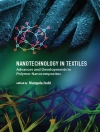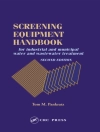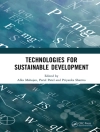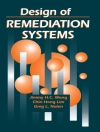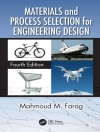In order to design and develop new biomaterials it is essential to understand the biointerface, the interconnection between a synthetic or natural material and tissue, microorganism, cell, virus or biomolecule.
Biointerfaces: Where Material Meets Biology provides an up to date overview of the knowledge and methods used to control living organism responses to implantable devices. The book starts with an introduction to the biointerface – past, present and the future perspectives and covers the key areas of biomolecular interface for cell modulation, topographical biointerface, mechano structural biointerafce, chemo-structural biointerfaces and interface that control bacteria responses. By combining the cellular, antimicrobial, antibacterial and therapeutic aspects of the interface with the methodology of fabrication and testing of the synthetic biomaterials used in a variety of medical applications the text provides a handbook for researchers.
Edited by leading researchers, the book integrates the understanding of cell, microorganism and biomolecule interactions with surfaces and the methods used for assessment which appeal to materials scientists, chemists, biotechnologists, (molecular-) biologists, biomedical engineers interested in the fundamentals and applications of biomaterials and biointerfaces.
İçerik tablosu
Biointerface – Past, Present and the Future Perspectives; Biomolecular Interface for Cell Modulation; Topographical Biointerface; Mechano Structural Biointerafce; Chemo-Structural Biointerfaces; Interface that Control Bacteria Responses;
Yazar hakkında
Dr Chrzanowski has over 12 years in the area of biomaterials with over 50 papers, 2 books (monographs). He graduated from the Silesian University of Technology, where he also obtained my Ph D. After receiving a prestigious fellowship I moved to University College London to work in Biomaterials and Tissue Engineering laboratory and develop novel osteogenic materials. In 2008 he moved to the University of Glasgow where I joined large EU consortium providing his expertise in the synthesis of materials for orthopaedic applications. In 2010 he moved to the University of Sydney where I established my laboratory working currently with six Ph D students.


